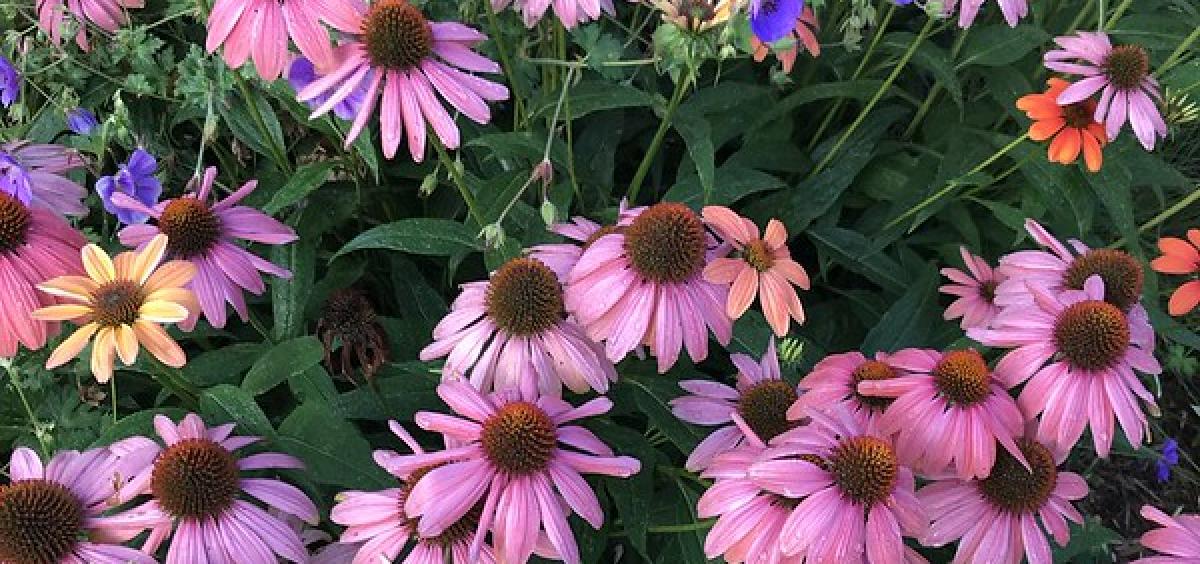
CORVALLIS – It’s discouraging when your lettuce bolts or you can’t get your mum to bloom. There’s a reason for that, and it’s all about day length, which determines or how much light the plant gets.
To understand plant flowering, you need to get a handle on “photoperiodism,” or amount of light and darkness a plant is exposed to. The amount of uninterrupted darkness is what determines the formation of flowers on most types of plants, according to Oregon State University Extension Service horticulture experts.
Botanists used to think that the length of daylight a plant was exposed to determines whether it would form flowers. But experiments proved otherwise. It’s the length of darkness that a plant experiences that plays the most crucial role.
A plant that requires a long period of darkness is termed a “short-day” (long-night) plant. Short-day plants form flowers only when day length is less than about 12 hours. Many spring- and fall-flowering plants are short-day plants, including chrysanthemums, poinsettias and Christmas cactus. If these are exposed to more than 12 hours of light per day, bloom formation does not occur.
Other plants require only a short night to flower. These are termed “long-day” plants. These bloom only when they receive more than 12 hours of light. Many of our summer-blooming flowers and garden vegetables are long-day plants, such as asters, coneflowers, California poppies, lettuce, spinach and potatoes. These all bloom when the days are long, during our summers.
And some plants form flowers regardless of day length. Botanists call these “day-neutral” plants. Tomatoes, corn, cucumbers and some strawberries are day neutral. Some plants, such as petunias defy categorization. They flower regardless of day length, but flower earlier and more profusely with long days.
Horticulturists and home gardeners manipulate the day and night length (indoors with lights) to get plants to bloom at times other than they would naturally.
For example, chrysanthemums, short-day plants, naturally set flower and bloom with the long nights of spring or fall. But by making the days shorter by covering the chrysanthemums for at least 12 hours a day for several weeks over the late spring and early summer, you can simulate the light and darkness pattern of spring or fall, thereby stimulating summer blooming.
Or you can bring a long-day plant into bud formation and eventual bloom early before our day lengths surpass 12 hours. Put the plant under grow lights for a few hours a day beyond natural day length for a few weeks. Adding supplemental day length to stimulate early blooming is a common practice in the nursery and fresh flower industry, especially this time of year, for Valentine's Day and Easter flowers.
About the OSU Extension Service: The Oregon State University Extension Service shares research-based knowledge with people and communities in Oregon’s 36 counties. OSU Extension addresses issues that matter to urban and rural Oregonians. OSU Extension’s partnerships and programs contribute to a healthy, prosperous and sustainable future for Oregon.
Kym Pokorny, 541-737-3380, [email protected]
Click photos to see a full-size version. Right click and save image to download.